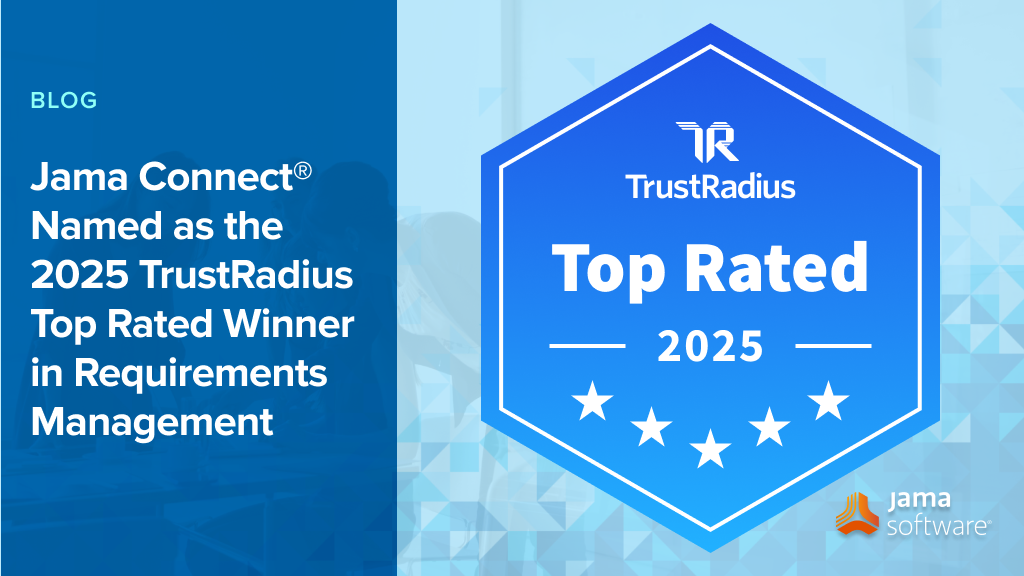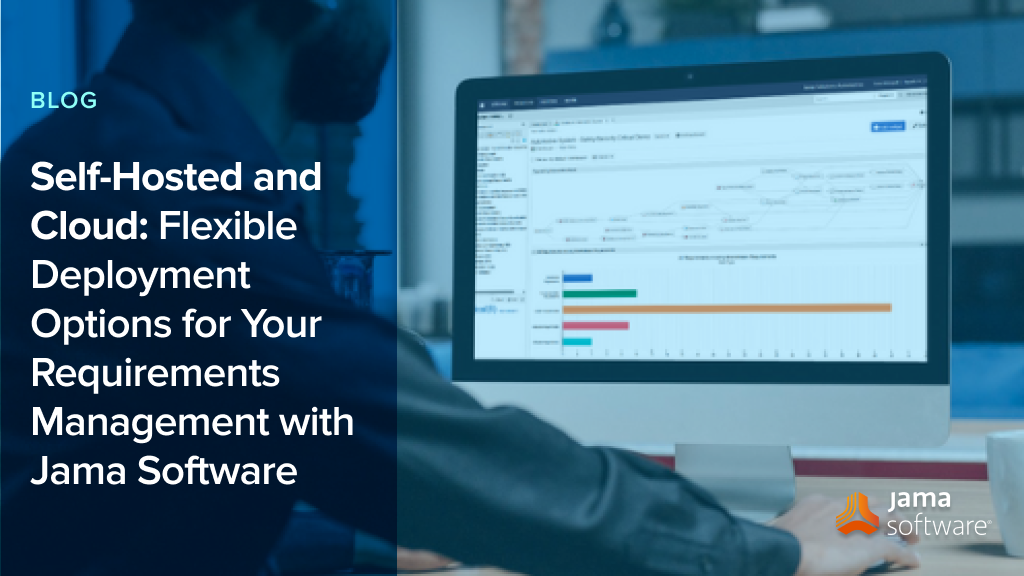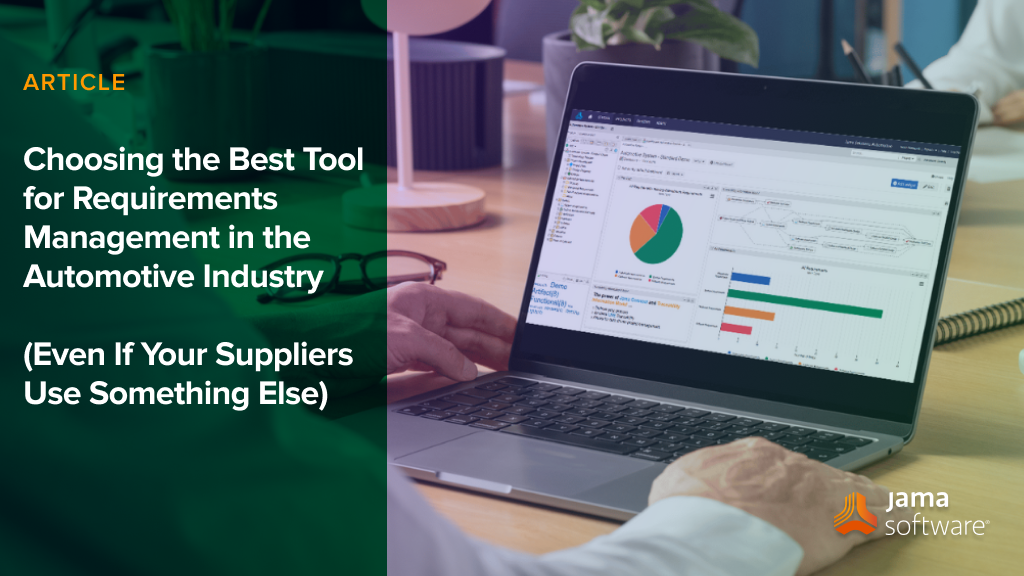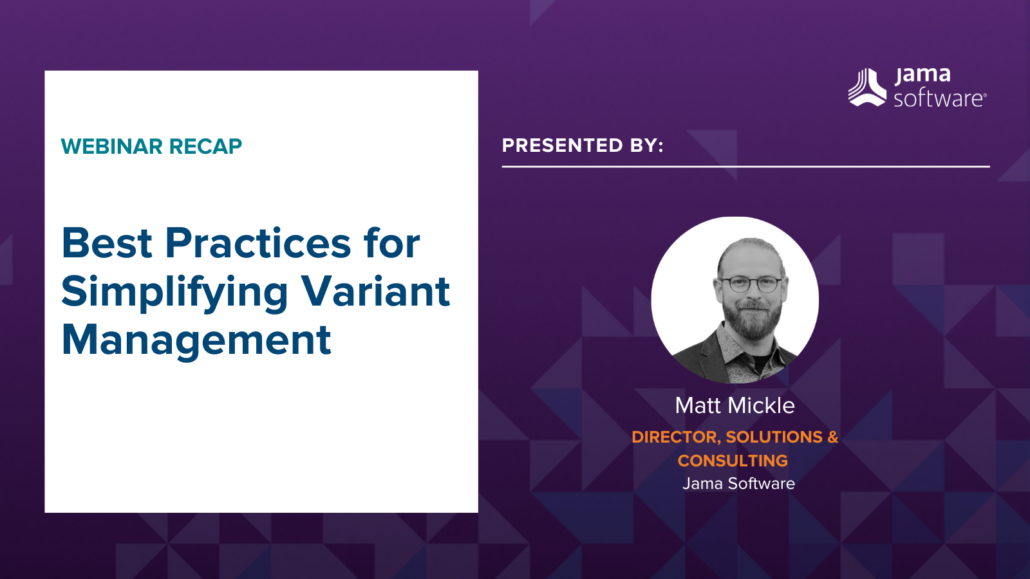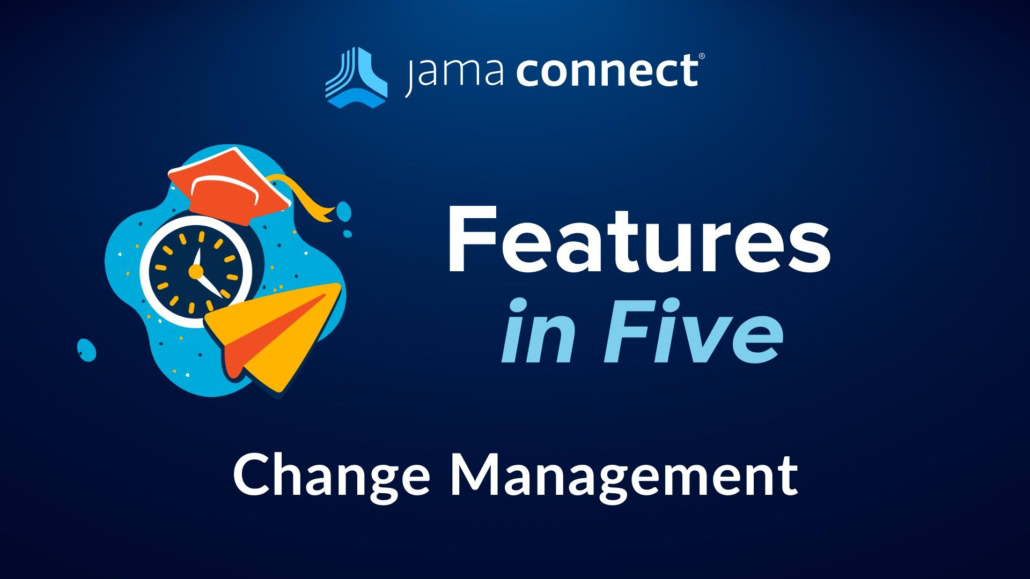Jama Connect Named as the 2025 TrustRadius Top Rated Winner in Requirements Management
We are thrilled to announce that Jama Connect has been honored as a 2025 TrustRadius Top Rated Award winner in the “Requirements Management” category! This recognition underscores our commitment to delivering industry-leading tools that empower teams to efficiently manage requirements and associated processes. But what makes this achievement particularly meaningful is that this award is based entirely on the candid feedback of those who use Jama Connect in real-world scenarios.
Why the TrustRadius Top Rated Award Matters
The TrustRadius Top Rated Awards are among the most trusted accolades in the B2B technology space. Unlike analyst-driven awards, these honors are determined exclusively by verified customer reviews. To win, products must meet strict criteria, including a high volume of positive reviews, consistent high ratings, and a strong trScore, which evaluates reviews for quality, recency, and depth.
Earning this recognition signifies that Jama Connect excels in meeting the needs of our users, as acknowledged by the very people who rely on our solution to deliver remarkable outcomes.
Reflecting on the Value of Jama Connect
Jama Connect is a trusted partner for teams navigating complex development projects across industries. Whether it’s supporting product innovation in aerospace, ensuring compliance in highly regulated medical fields, or improving efficiency in agile software development, Jama Connect provides the tools necessary for collaboration, traceability, and success.
Here’s what some of our customers have to say about their experience:
“Jama Connect has the best UI compared to DOORS, Codebeamer, and [PTC Integrity]. It’s the clearest to use with the best usability. For example, making traces between requirements is as straightforward as clicking a button. The trace matrix view is highly configurable to show anything you need.” (Verified User, Medical Device Company)
“We are using Jama Connect to be more than just a requirements management tool – we are using Jama Connect as the single source of truth to contain not just the requirements, but also the why and how the system is the way it is. It helps us engage stakeholders, both junior and senior, due to its user-friendly interface.” (Chris Armstrong, Lead Systems Engineer, JFD)
“We use Jama [Connect] for centralized requirements administration of sector-wide projects and development. The intuitive review module and quick-marking features make managing requirements seamless.” (Verified Professional, Oil & Energy Company)
These testimonials illustrate Jama Connect’s powerful impact on our users’ workflows and show why teams across the globe trust us as their go-to solution for requirements management.
RELATED: Buyer’s Guide: Selecting a Requirements Management and Traceability Solution for Software Development
Customer Feedback Drives Our Innovation
At Jama Software, we consider user feedback to be a critical component of our development process. We consistently listen to customers and translate their insights into actionable improvements. One reviewer highlighted this commitment, stating:
“We pretty much use it (Jama Connect) for the entire software development lifecycle and utilize its review/approval and baselining system for our controlled documents.”
Our agility and dedication to continuous improvement help ensure that Jama Connect remains a market leader to support evolving customer needs.
Why Organizations Choose Jama Connect
What differentiates Jama Connect is not just its robust features but the way it revolutionizes how teams manage the product lifecycle. By bringing stakeholders together and enabling clear, traceable processes, we make it easy for organizations to focus on outcomes, even in the most challenging and regulated environments. Key benefits include:
- Live Traceability™: A hallmark of Jama Connect, this feature enables teams to maintain real-time visibility into the interconnections between requirements, decisions, and test cases, ensuring that everyone is working with up-to-date information.
- Streamlined Regulatory Compliance: Simplify alignment with frameworks like ISO 26262 and FDA 21 CFR Part 11 using Jama Connect’s built-in templates and automated tracking.
- Collaboration at Scale: Empower distributed teams with tools like stakeholder commenting, intuitive workflows, and export functionality to foster engagement and decision-making.
These features have been widely acknowledged by our customers, including one who shared:
“The export tools to PDF and Word for our regulatory needs have saved us a ton of time. We use Jama Connect for risk management, validation, and planning. It’s well organized and helps streamline collaboration across teams.”
RELATED: The Benefits of Jama Connect: Supercharge Your Systems Development and Engineering Process
What’s Next for Jama Connect?
Winning the 2025 TrustRadius Top Rated Award inspires us to continue innovating and elevating the Jama Connect experience. We are actively working on updates that incorporate more automation, deeper analytics, and enhanced user experiences, helping customers tackle emerging challenges with efficiency and confidence.
We’re always listening to your feedback and using it to make Jama Connect even better. Our goal is to keep evolving alongside your needs and ensure it stays the go-to tool for requirements management.
Experience the Future of Requirements Management
This recognition solidifies why thousands of professionals trust Jama Connect to guide their projects to success. If you haven’t yet discovered what sets our platform apart, now is the time.
Whether you’re seeking to improve compliance, streamline product development, or simplify communication across teams, Jama Connect has the solution you need.
A Heartfelt Thank You
To our incredible community of users, thank you for making this milestone possible. Your trust and feedback inspire us to push boundaries and continue delivering tools that help your teams thrive. This achievement is as much yours as it is ours, and we look forward to supporting you for years to come.
